Elgin's Sears Homes
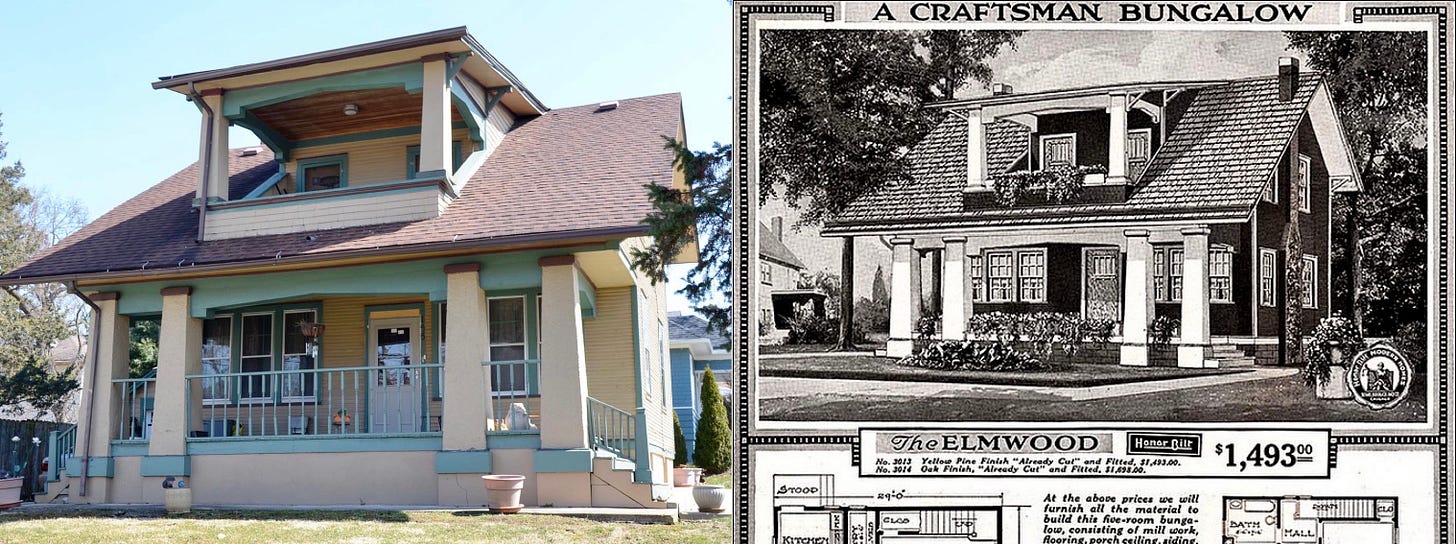
A couple of years ago I became more interested in catalog and kit houses as Chicagoland is full of them, many coming from local companies like Sears, Montgomery Ward, and the Harris Brothers. Illinois has the largest collection of Sears kit homes in the country after the state of Ohio. From 1908 until 1940, Sears, Roebuck and Company, then headquartered on the West Side of Chicago, sold over 70,000 kit houses through their Modern Homes and Honor Bilt catalogs. Because Sears destroyed their home sales records during a corporate cleaning a few years after it shut down the business, nobody knows the exact number that survive or where they are specifically located. It’s all about “finding” these houses, which is what many architectural historians and enthusiasts have done over the last few decades.

One of the largest concentrations can be found in the city of Elgin where a grand total of 214 homes were confirmed by architectural historian Rebecca Hunter. Between 1997-2004 she conducted a complete survey of Elgin, which led to the discovery of not just Sears but other kit company homes like Aladdin and Gordon-Van Tine. She was able to prove their origin by finding Sears part numbers on beams and rafters inside the residences while also going through Sears mortgages, blueprints, and other documents. Many families who built these homes, like the Parrys who lived in an Alhambra model, held on to their family’s original blueprints dating back to the 1920s.
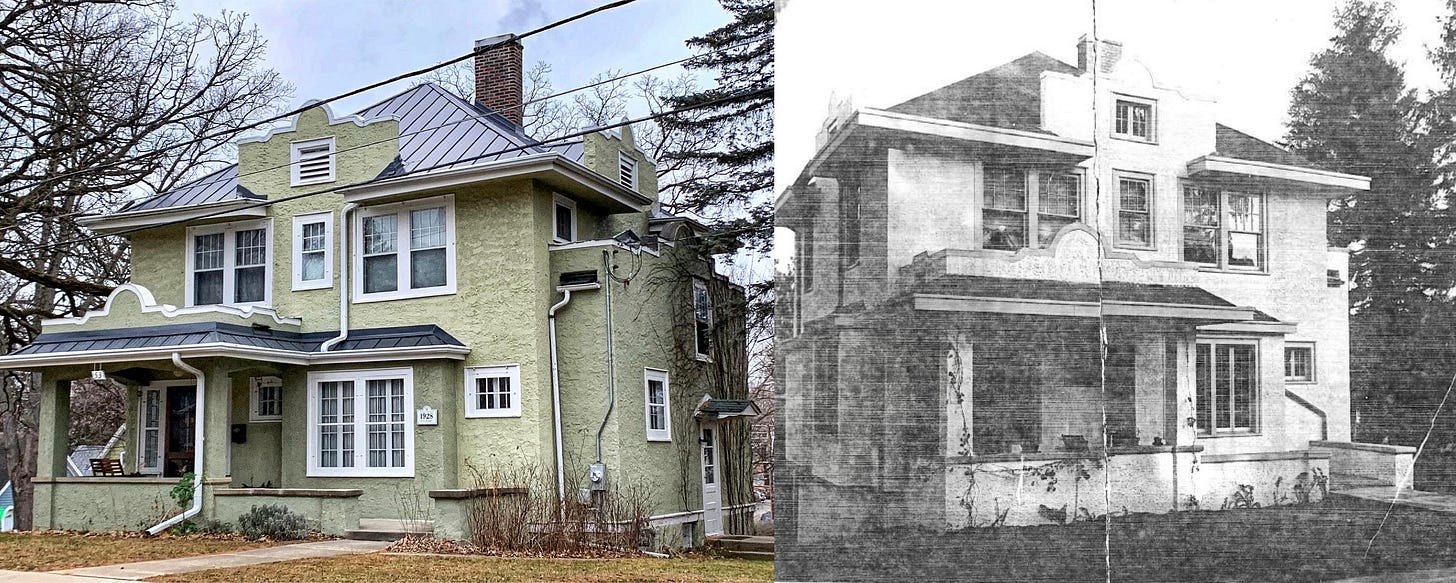
There are many theories as to why Elgin has so many catalog and kit houses, which come from Lara Solonickne, who runs the blog Sears Homes of Chicagoland that documents these homes, as well Rebecca Hunter herself. One reason has to do with Elgin not being part of the tear down phenomenon that has impacted so much of Chicagoland. Less demolitions means more has survived. Suburbs such as Glen Ellyn and Hinsdale have torn down their small Sears homes for much larger residences.
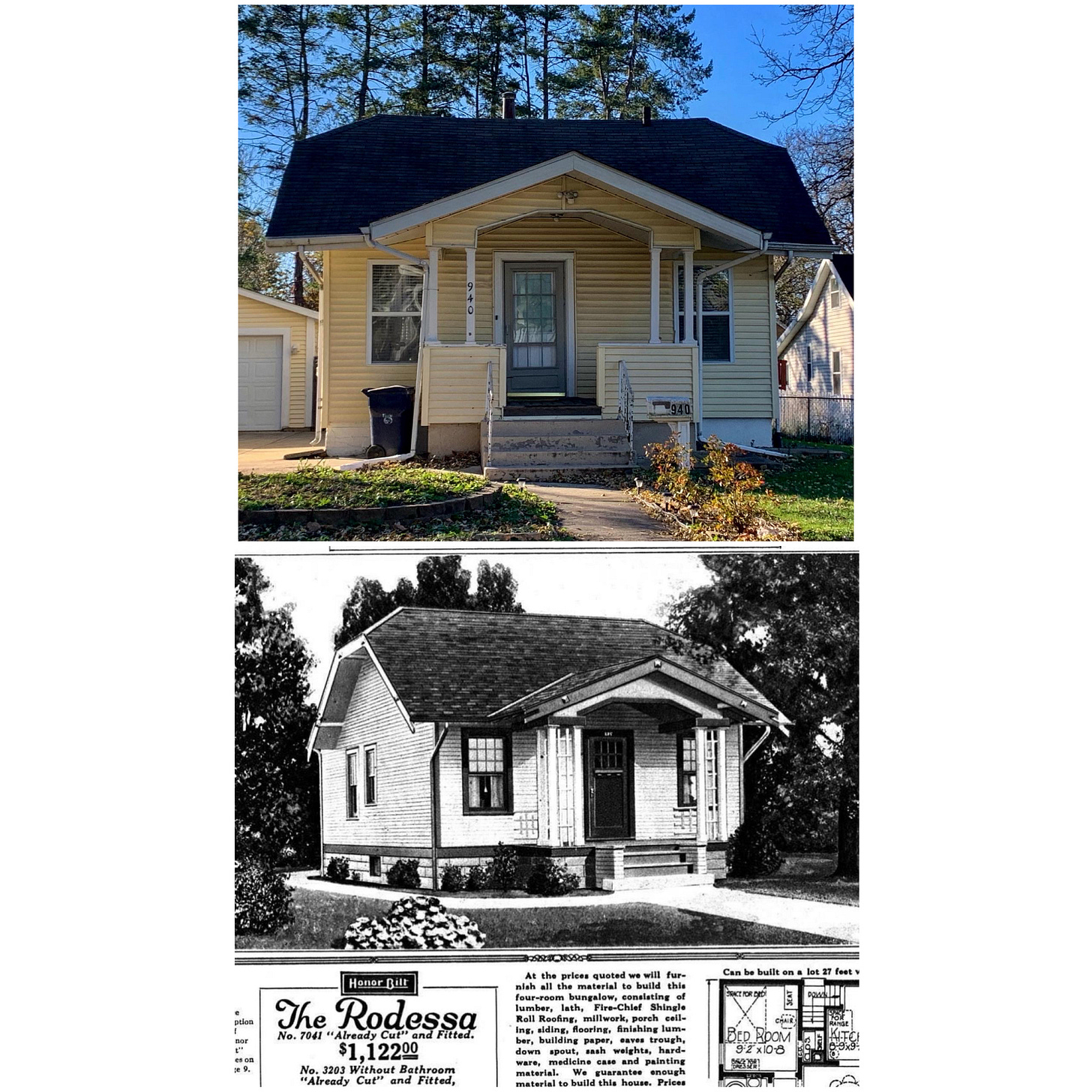
Also Elgin was serviced by three major rail lines so the boxcar shipments coming from Sears, located just over fifty miles away, were convenient for homeowners who’d pick up the materials and then truck them to the home site. Everything you would need to construct the home was included along with instructions - lumber, nails, flooring, roofing, bathroom and plumbing fixtures, etc. The average Sears Modern Home had 25 tons of materials with over 30,000 parts.
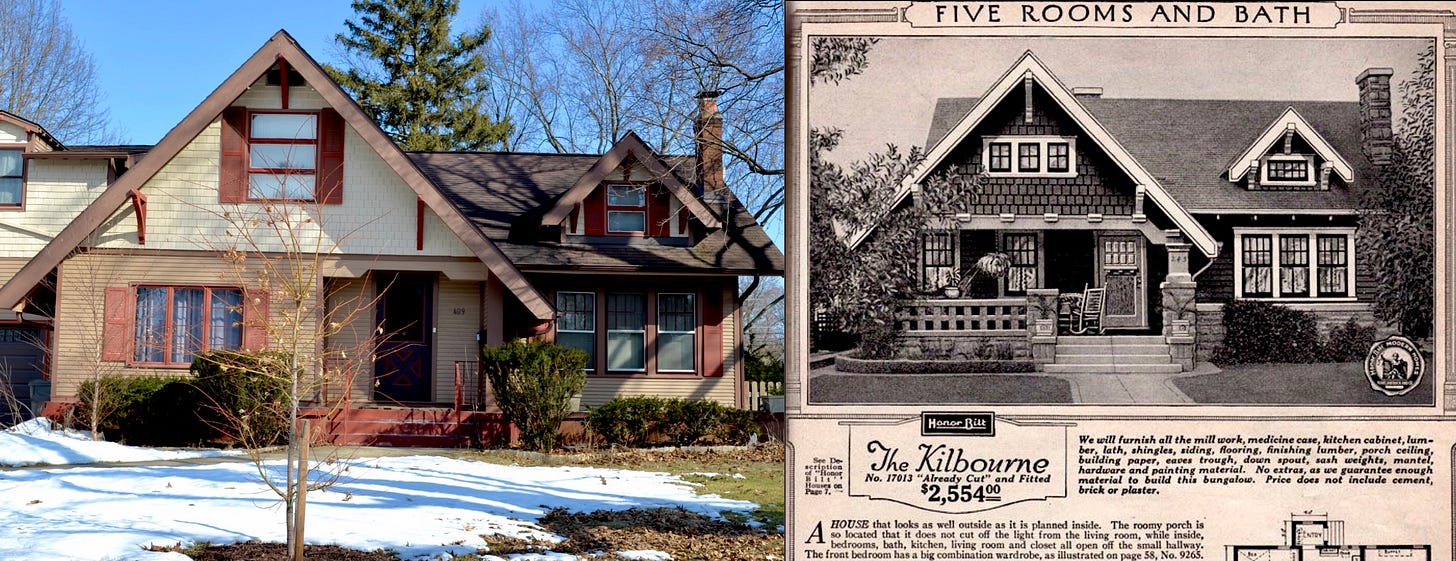
Elgin also had a man named John W. Garman, who worked as a district manager for Sears Homes Sales, living in his own Sears home at 337 Hamilton. Is he the reason why Elgin has so many Sears homes? Well, he definitely influenced his neighbors as there are six confirmed Sears homes on this one block of Hamilton.
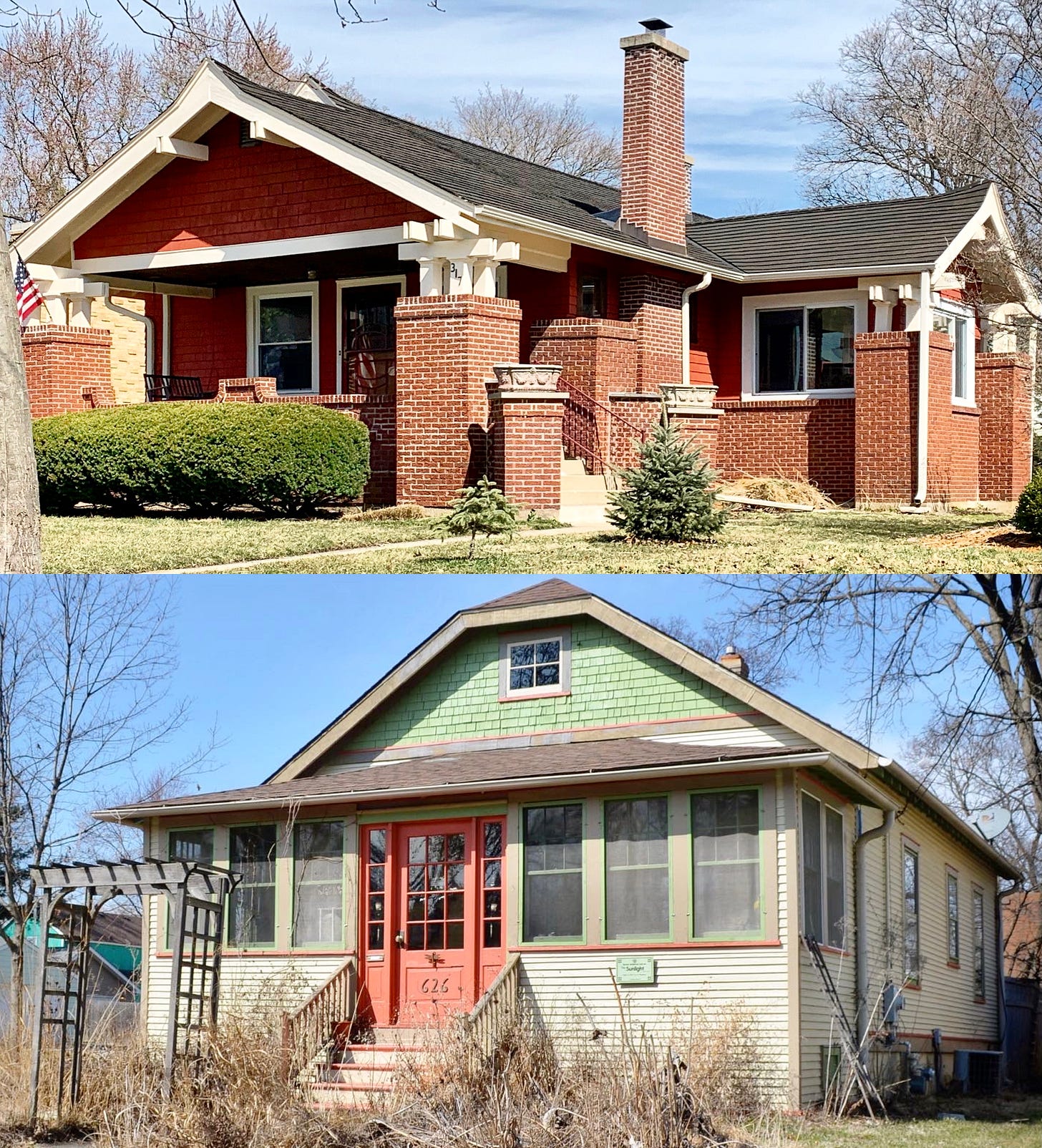
The last factor on why Elgin has so many Sears homes is the Elgin National Watch Company, founded in 1864 and the producer of 60 million watches during its 100-year history. The company paid its workers quite well for the time, so many could afford to build their own homes. When looking through Hunter’s research project, the builders of these homes are listed by occupation and 50 of them worked at the watch factory, which unfortunately was demolished in 1966 and today is a strip mall called the Clock Tower Plaza. The only sign the factory ever existed, which was such an integral part of Elgin for a century, is a sad marker in the parking lot.




